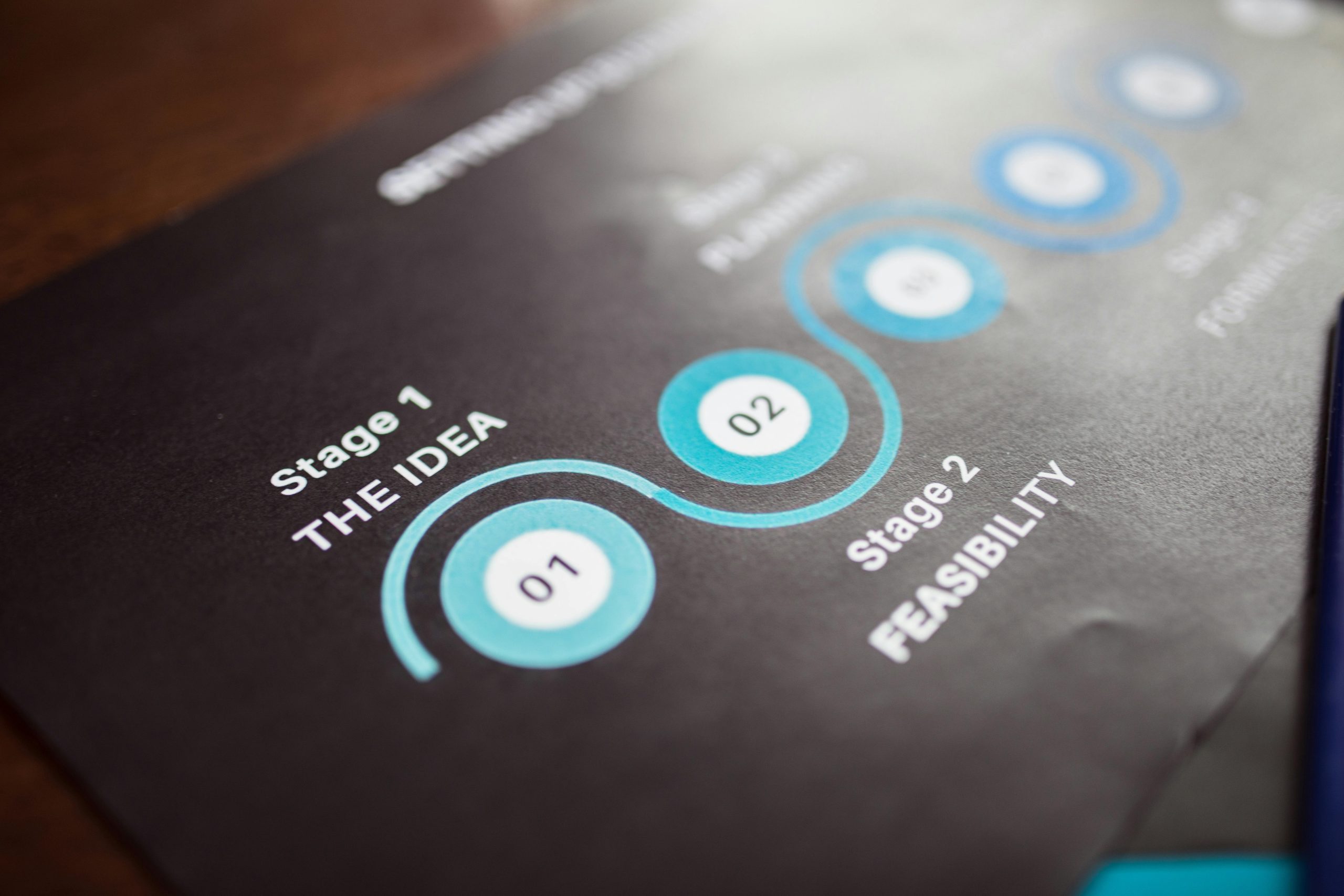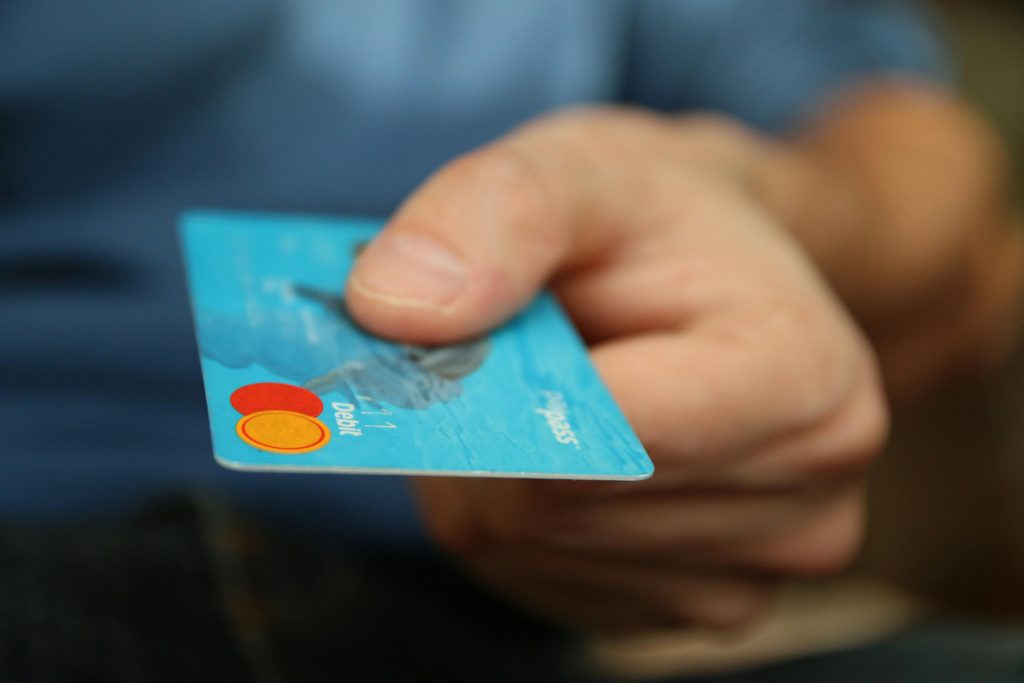Ever noticed a suspicious charge on your credit card statement and felt that sinking feeling in your gut? You’re not alone. Unauthorized charges happen to millions of people every year, often tied to theft or insurance gaps. But here’s the good news: you have the power to fight back through the Unauthorized Charge Reversal Process. In this post, we’ll unpack everything you need to know—from identifying red flags to navigating the bureaucracy like a pro.
In This Post:
- Key Takeaways
- Why Unauthorized Charges Happen (And What to Do About It)
- The Unauthorized Charge Reversal Process: Step-by-Step Guide
- Best Practices for Protecting Yourself
- Real-Life Success Stories
- Frequently Asked Questions (FAQs)
Key Takeaways
- Unauthorized charges cost consumers billions annually due to identity theft and credit card fraud.
- You’re entitled to reverse these charges under federal law—don’t let anyone tell you otherwise!
- Act quickly; most banks require disputes within 60 days.
- Understand your theft insurance policy—it may cover losses beyond credit card protections.
Why Unauthorized Charges Happen (And What to Do About It)
I’ll never forget the time I got an email alert about a $400 “purchase” at a gaming store…that I didn’t make. Turns out, someone had stolen my credit card info after a phishing scam. Lesson learned: even smart cookies fall victim to cybercrime.
Sensory Overshare Alert: Discovering those unauthorized charges felt like hearing nails on a chalkboard mixed with the sound of shattering glass—stress-inducing, shocking, and utterly infuriating.

But why do these sneaky debits show up in the first place?
- Hacking: Weak passwords or unsecured networks open doors for hackers.
- Merchant Fraud: Some sketchy businesses deliberately overcharge customers.
- Friendly Fraud: Yes, sometimes it’s someone close to you making purchases without permission.
Rant Section Ahead: Honestly, nothing ticks me off more than companies hiding behind fine print when victims try to dispute charges. It’s 2023—not medieval times! We deserve transparency and fairness.
The Unauthorized Charge Reversal Process: Step-by-Step Guide
*Optimist You:* “Let’s follow these steps and win!”
*Grumpy You:* “Ugh, fine—but only if coffee’s involved.”
Step 1: Identify the Charge
Scrutinize your monthly statements. Look for transactions labeled vaguely (“Online Payment Processor”) or from unfamiliar merchants.
Step 2: Document Everything
Gather evidence: screenshots of charges, emails confirming non-participation, and any communication regarding the incident.
Step 3: Contact Your Bank Immediately
Call customer service or file a formal complaint via their website. Most institutions offer provisional credit while investigating.
Step 4: File a Police Report (If Necessary)
For larger sums or suspected identity theft, escalate by reporting to authorities. Keep copies for future reference.
Step 5: Leverage Theft Insurance
If covered under your theft insurance policy, submit claims accordingly. Check terms carefully—you might qualify for reimbursement beyond initial reversals.
Best Practices for Protecting Yourself
Here’s how to avoid ending up in this mess again:
- Use virtual card numbers for online shopping.
- Enable two-factor authentication everywhere possible.
- Shred old statements like you’re auditioning for a spy movie.
- (Terrible Tip Disclaimer) Seriously, don’t use public Wi-Fi for banking—I mean, come ON. It’s chef’s kiss risky.

Real-Life Success Stories
Meet Sarah T., a freelance writer who noticed duplicate payments totaling $2,000 on her account. She followed the Unauthorized Charge Reversal Process meticulously, filing complaints and documenting every interaction. Within weeks, she recovered all funds plus additional compensation from her insurance provider.
Takeaway: Persistence pays off!

Frequently Asked Questions (FAQs)
How long does the Unauthorized Charge Reversal Process take?
Typically 45–90 days depending on complexity and bank responsiveness.
Will disputing charges hurt my credit score?
Nope—it doesn’t affect scores but repeated disputes could raise red flags.
What happens if the investigation rules against me?
You can appeal decisions or seek legal counsel if needed.
Conclusion
Fighting unauthorized charges isn’t glamorous—it’s tedious work filled with phone calls and paperwork. But armed with knowledge and determination, YOU can win. Remember, the Unauthorized Charge Reversal Process is designed to protect YOU. So channel that inner grumpy optimist, put on another pot of coffee, and reclaim what’s rightfully yours.
Like a tamagotchi, your peace of mind needs daily care—stay vigilant!


